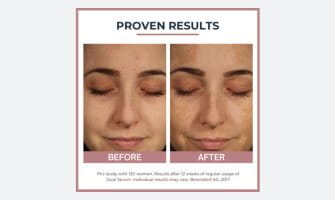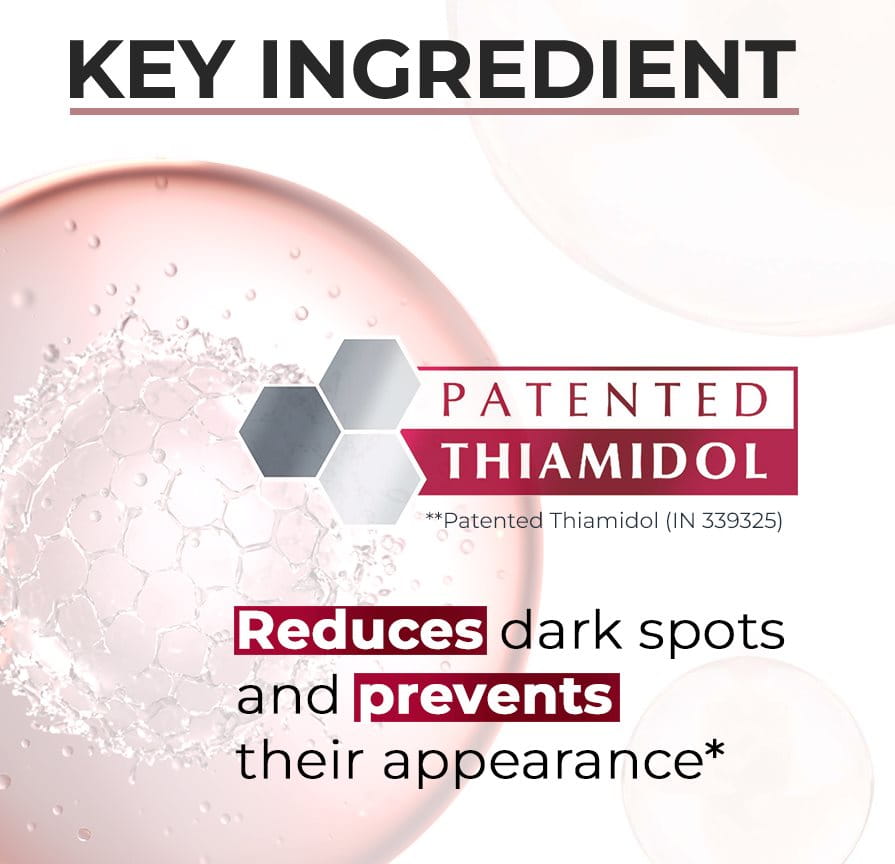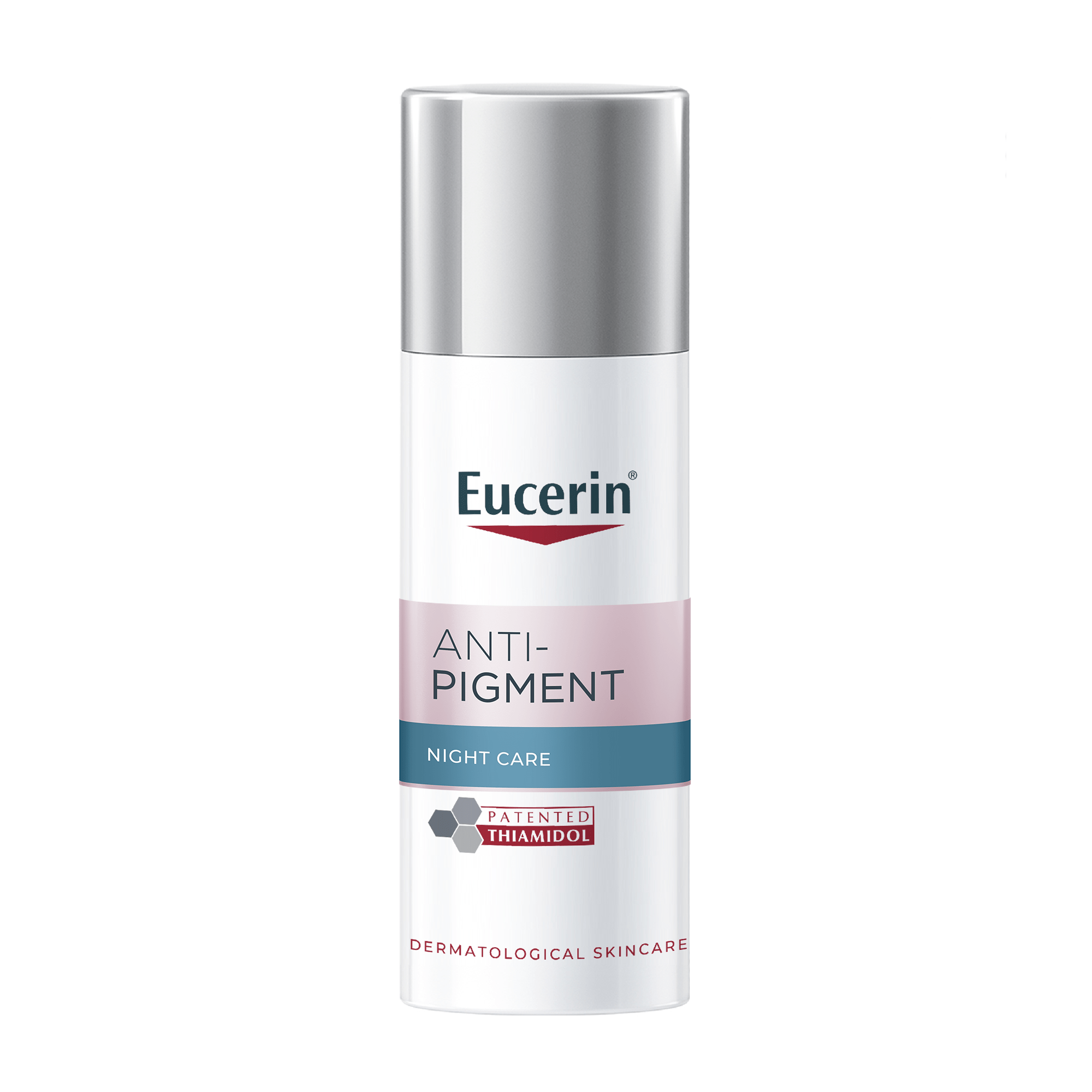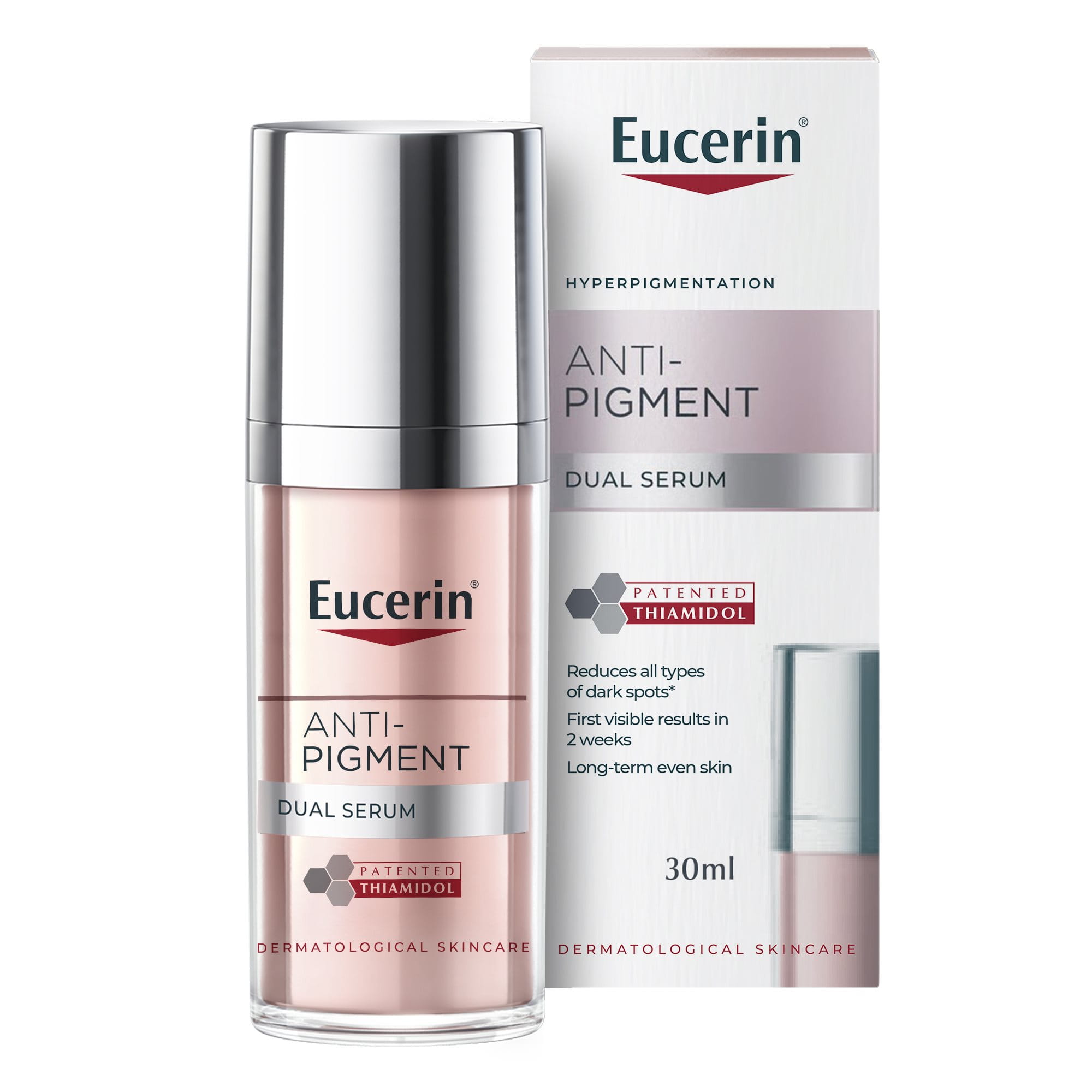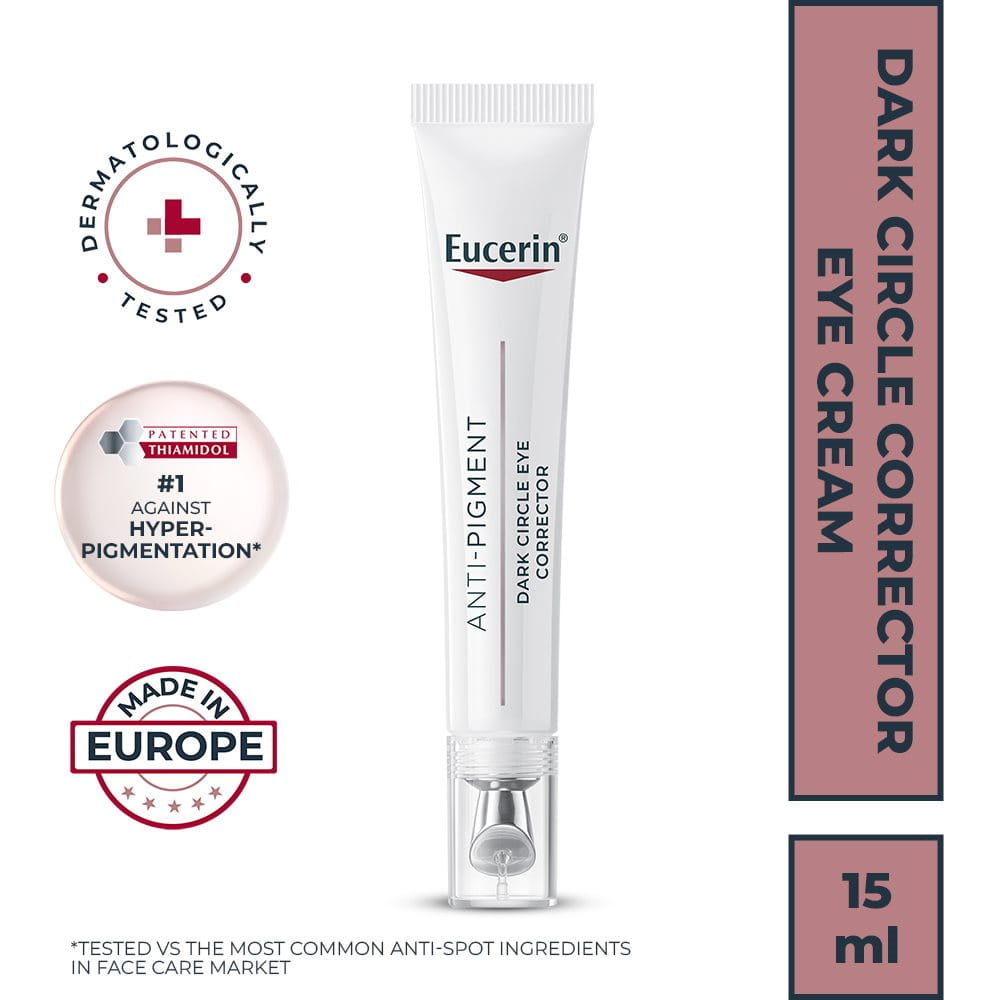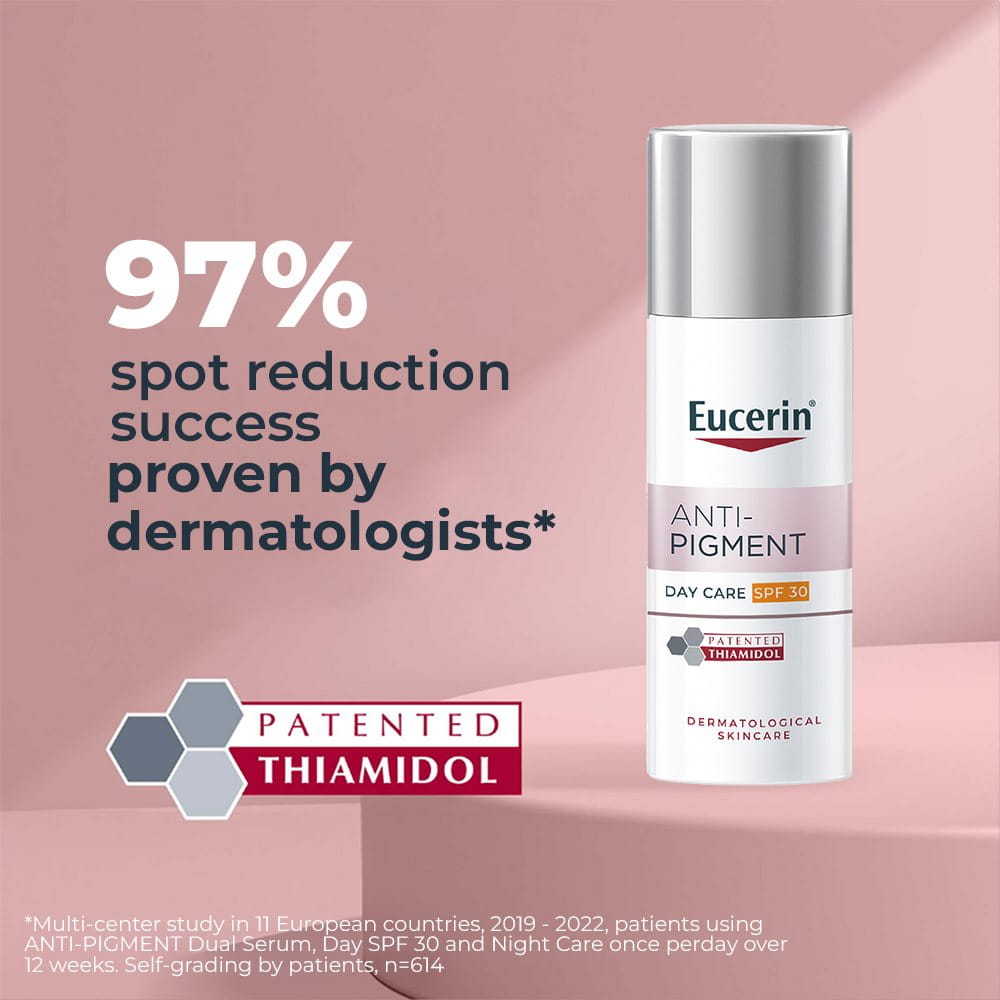The skincare revolution has carried active ingredients to the forefront, completely changing the way you care for your skin.
These actives are potent compounds that target specific skin concerns, like acne, hyperpigmentation, or ageing.
An emerging skin active that tackles it all is Thiamidol - the key to resolving hyperpigmentation. Discover how Eucerin’s products with Thiamidol can help you achieve a more even and radiant skin tone.
Keynotes:
- Thiamidol emerges as the new patented, gentle, and effective treatment for hyperpigmentation
- The Eucerin Thiamidol treatment combats sun spots, acne marks, melasma, among other hyperpigmentation problems
- Gentle on the skin, this skin active suits sensitive skin generating minimal, rare side effects
- Easily infused into skincare products, it can be used every day

